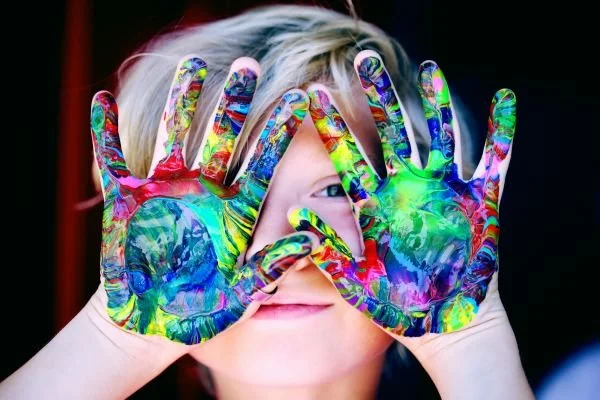Childhood Anxiety: Recognizing The Signs
We often associate anxiety with adults. Children can experience it just as often, and it can wreak havoc on their young minds. When you consider all of the things kids could potentially be worried about, it’s overwhelming.
Life changes like a divorce, moving somewhere new, going to a new school, or losing a loved one can all trigger anxiety in a child. But you might not recognize it right away. Kids’ behavior can sometimes be unpredictable, and you might think a little worrying now and then is normal.
Anxiety is more than just a “little worrying.” Rather, it’s a long-term underlying fear. If your child is struggling with anxiety, recognizing the signs as soon as possible will make it easier for you to get them the help they deserve.
So, what should you be looking for?
Physical Symptoms
Most of us recognize anxiety as a mental health condition. However, many of the symptoms manifest themselves physically. The physical signs of anxiety are often the easiest to spot. If your child is extremely fearful about something, they might start to sweat or tremble. They might complain of stomach issues or even have headaches or muscle pain.
It’s also not uncommon for kids with anxiety to have difficulty sleeping. It’s hard to turn off an anxious mind, especially at night. When things are quiet and they don’t have anything else to distract them, your child’s anxiety can become more difficult to ignore. So, they might not be getting the sleep they need.
Changes in eating habits can also indicate anxiety in children. It could be due to an upset stomach, or they might be so focused on their worries that they don’t eat much.
Trouble Concentrating
When a child is struggling with anxiety, it can be difficult for them to focus on anything else. So, they might start to have trouble concentrating. It can result in poor school performance and difficulty paying attention in other areas of life.
It might be easy to misdiagnose poor concentration as something like ADHD. So, make sure you’re looking for other signs that can help you determine what’s really going on.
Avoiding Certain Situations
Maybe your child isn’t anxious about everything. But, they have certain triggers that can cause their worried mind to kick into overdrive. Pay attention to when your child seems the most anxious. What are they doing? Where are they going? Understanding their triggers can help you understand their fears.
Additionally, you might notice that your child wants to avoid certain situations, or even people. Maybe they’ve become very clingy to you and don’t want to leave your side. Again, pay attention to when that happens. What’s going on around you, and what could be triggering your child’s fear?
What Can You Do?
If you’ve noticed any of these signs of anxiety in your child, don’t hesitate to talk to them. One of the best things you can do for a child with anxiety is validate their feelings. Let them know their emotions are heard and understood. Show empathy, and encourage them to keep opening up.
In addition to talking to you, consider having your child work with a therapist. Therapy is a great way for your child to better understand where their anxiety is coming from. A therapist can also help them work on managing their symptoms and overcoming their fears.
By getting your child the help they deserve now, they’ll be able to better manage their symptoms and control their anxiety into adulthood. They’ll also understand the importance of their mental health, and won’t be afraid to reach out for help on their own later in life. Reach out to learn more about anxiety treatment for your child.

